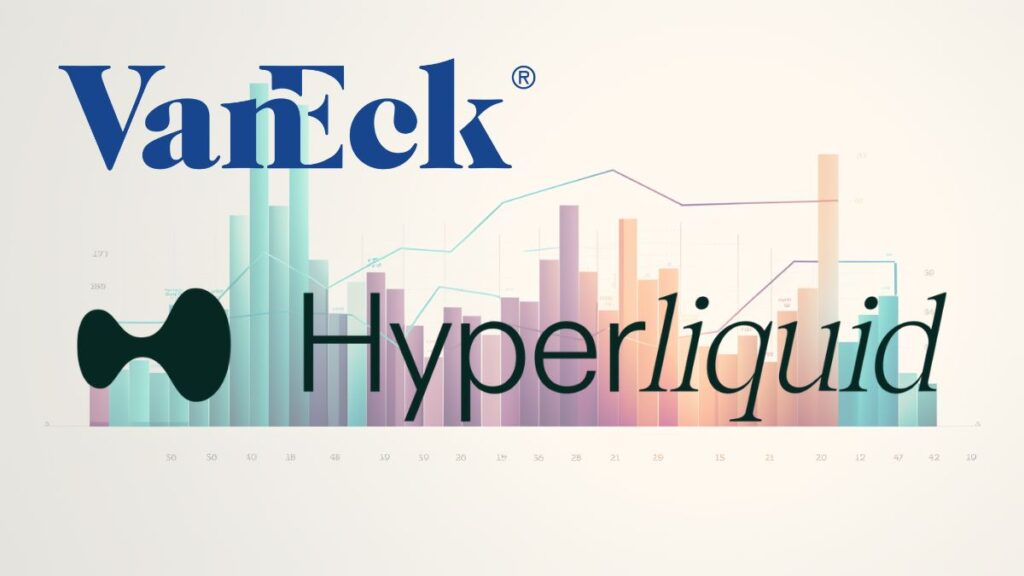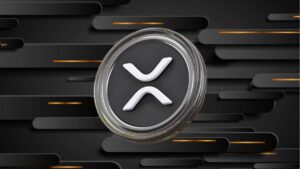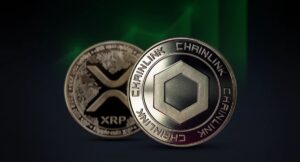TL;DR
- Hyperliquid generated 35 percent of all blockchain revenue in July, overtaking established chains as open interest surged to $15.3 billion, up 369 percent year to date.
- In-app perpetual swaps via Phantom Wallet produced $2.66 billion in volume and $1.3 million in fees while drawing in 21,000 new users to the derivatives platform.
- Solana suffered reliability issues and a 44% token decline as Hyperliquid poached high-value users and Ethereum platforms ceded ground in matching seamless decentralized perpetual futures trading.
VanEck’s July crypto recap highlights a landmark shift in blockchain revenues as Hyperliquid captured 35% of all network fees last month. The decentralized derivatives platform accelerated past established layer 1 chains, including Solana and Ethereum, reshaping revenue distribution across the industry. Data points such as open interest growth and wallet integrations underscore the protocol’s breakout performance and hint at deeper structural trends within decentralized finance.
Hyperliquid Dominates Blockchain Revenue in July
According to VanEck, Hyperliquid generated 35% of total blockchain revenue in July, marking the highest share ever recorded by a derivatives protocol. Open interest on the network soared to $15.3 billion, representing a 369% increase year to date. Liquidity also climbed as users bridged over $5.1 billion in USDC, solidifying the protocol’s position as the top revenue earner, ahead of Solana, Ethereum, and other key chains.
Drivers Behind the Surge

VanEck analysts attribute the surge to Hyperliquid’s user experience focus and product simplicity. During July, the platform integrated in-app perpetual swaps through Phantom Wallet, driving $2.66 billion in trading volume and generating $1.3 million in fees. That feature attracted nearly 21,000 new users. Meanwhile, Solana faced reliability issues and missed software upgrades, while Ethereum derivatives venues struggled to match the seamless perps trading experience Hyperliquid delivered.
Impact on Solana and Ethereum
The shift in revenue share hit Solana hardest, as Hyperliquid poached high-value users who sought faster execution and lower latency. Solana’s native token declined 44% from its January peak, reflecting a loss of market momentum. Ethereum also ceded ground with stablecoin-based derivatives platforms unable to pull in the same volume. VanEck researchers note that this redistribution could influence future upgrade priorities for both layer 1 networks.
Market Outlook and Risks
Looking ahead, analysts warn that Hyperliquid’s rapid growth carries infrastructure challenges. A recent network outage highlighted the need for improved stability as adoption accelerates. Regulatory scrutiny of derivatives markets and scaling constraints on Solana and Ethereum also pose headwinds. Nonetheless, strong institutional interest, including major USDC inflows and token performance, suggests that Hyperliquid could maintain a leading role if it balances innovation with robust risk management.










